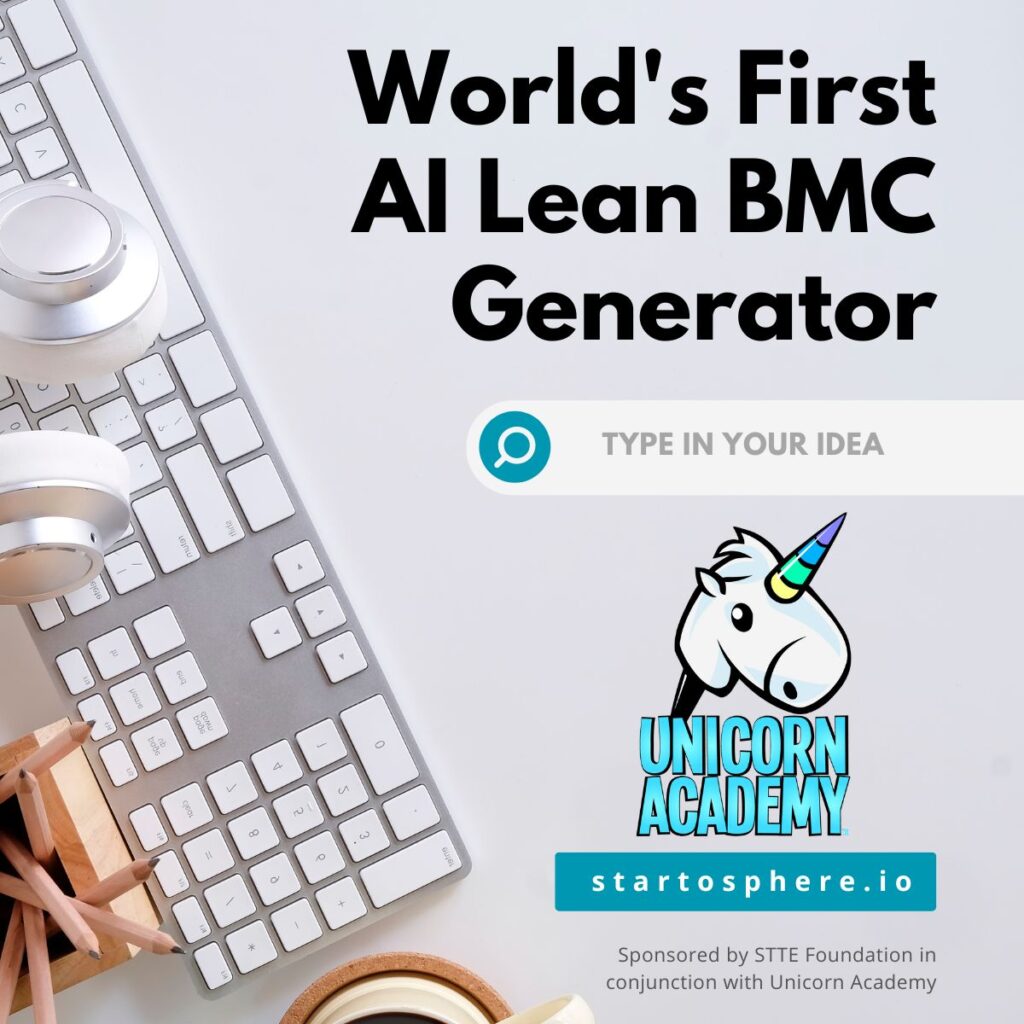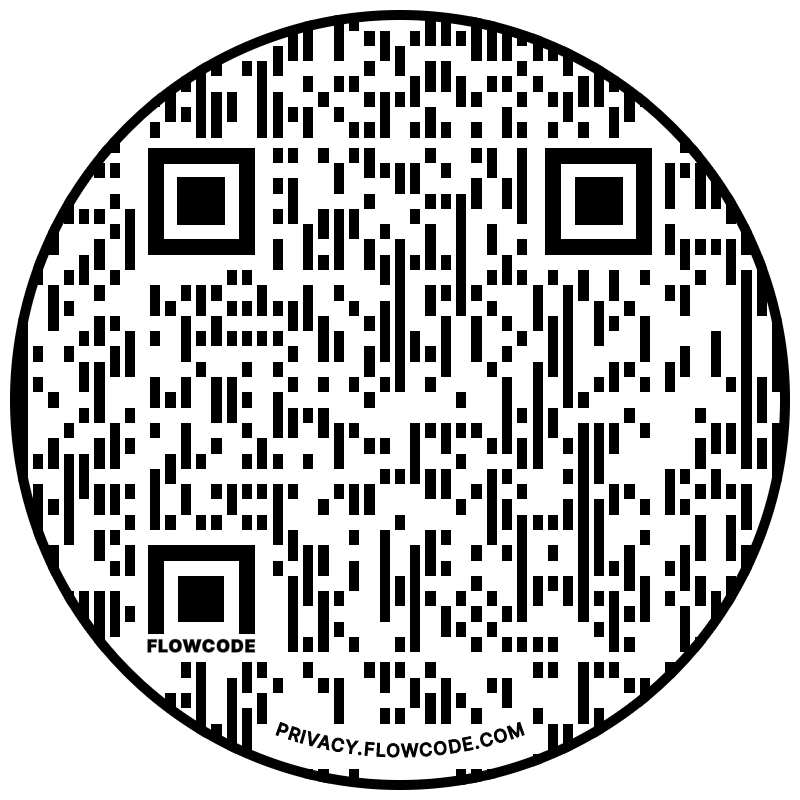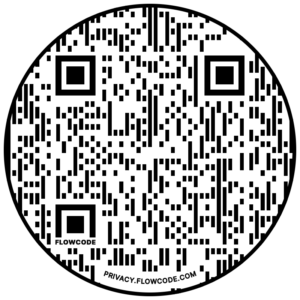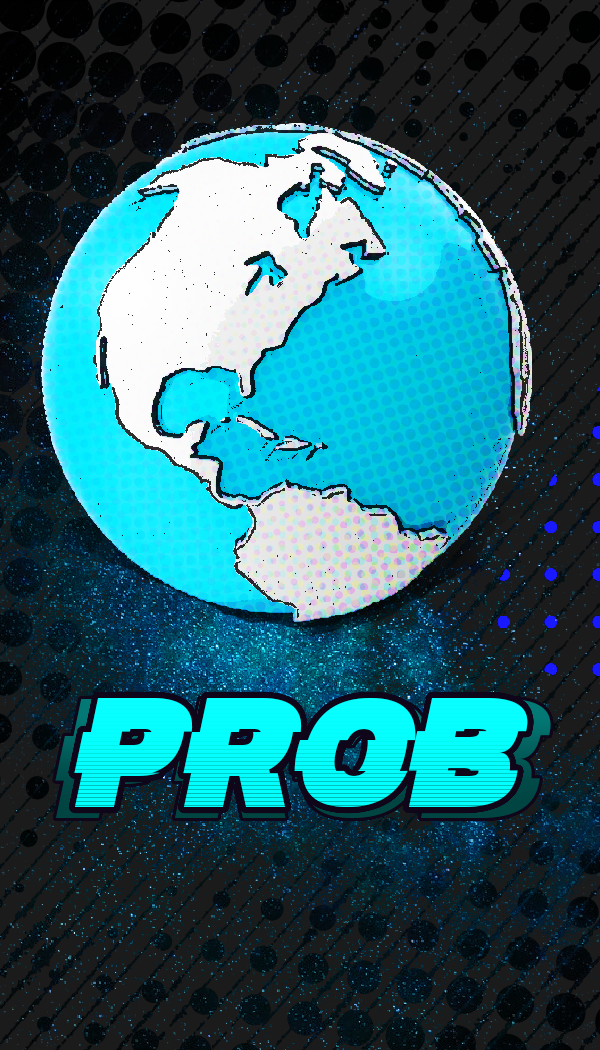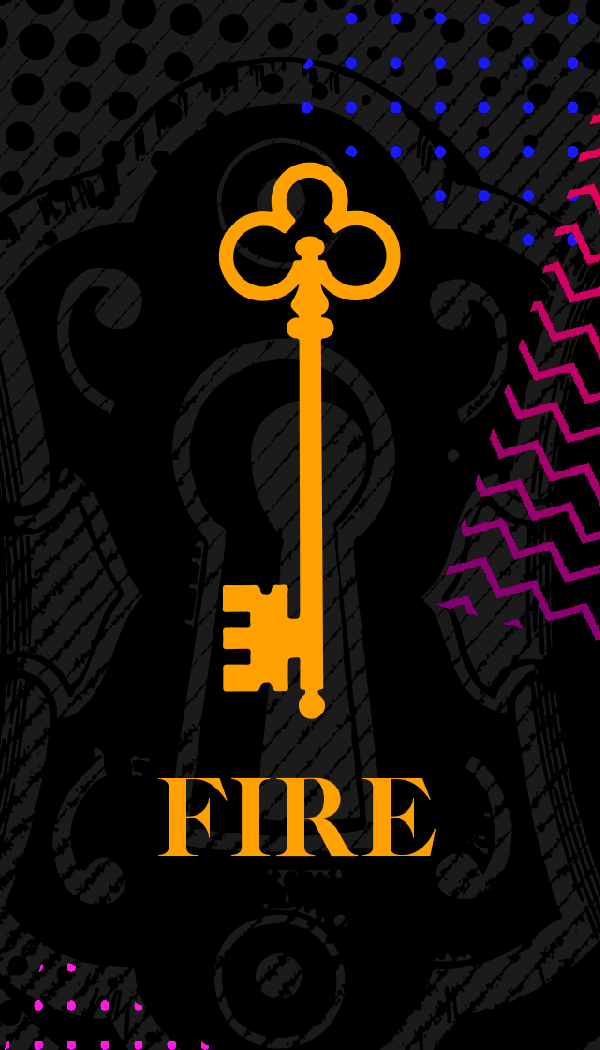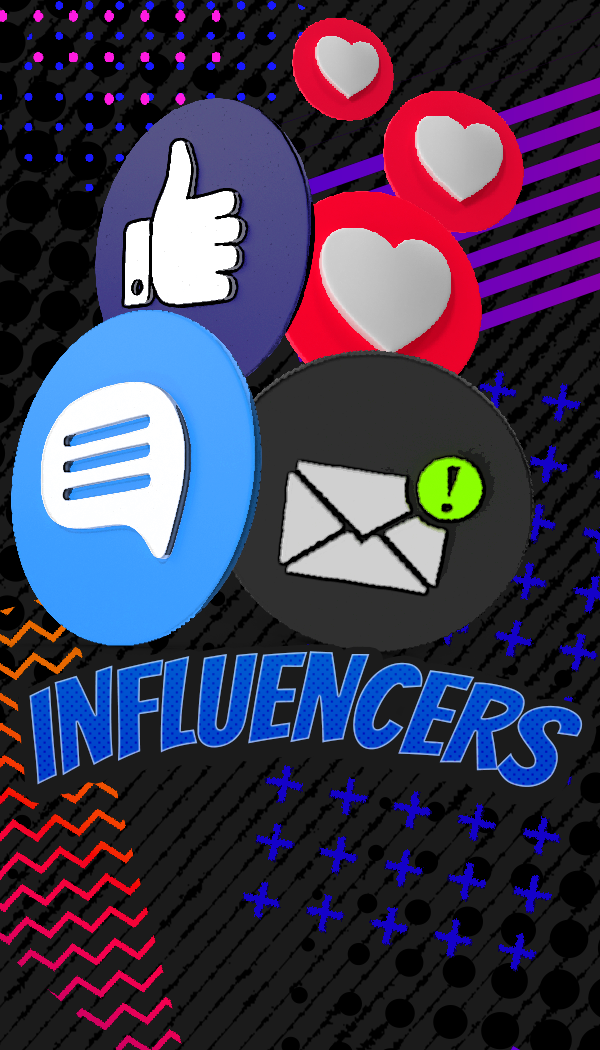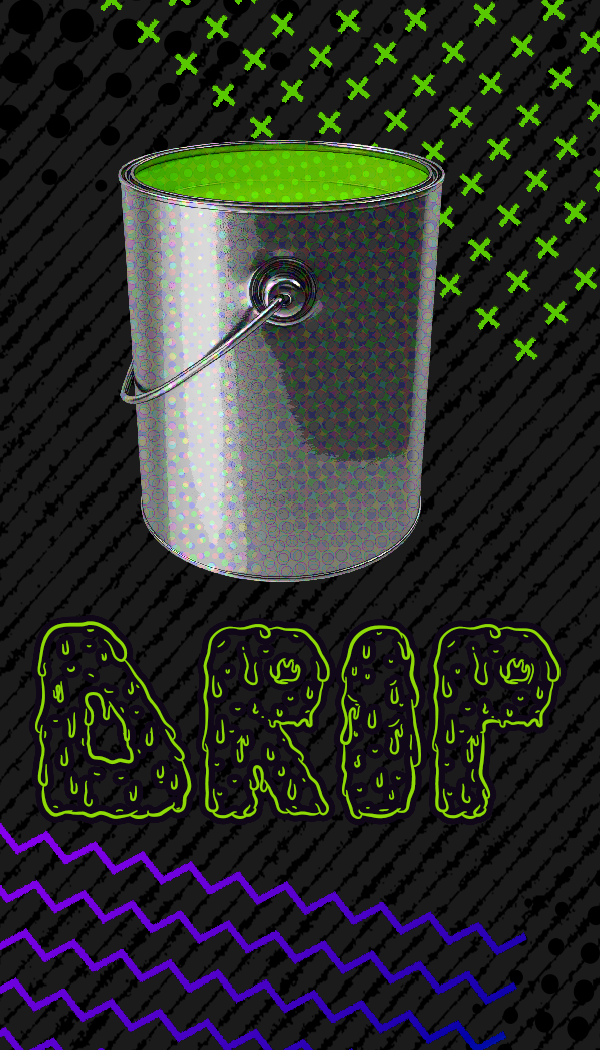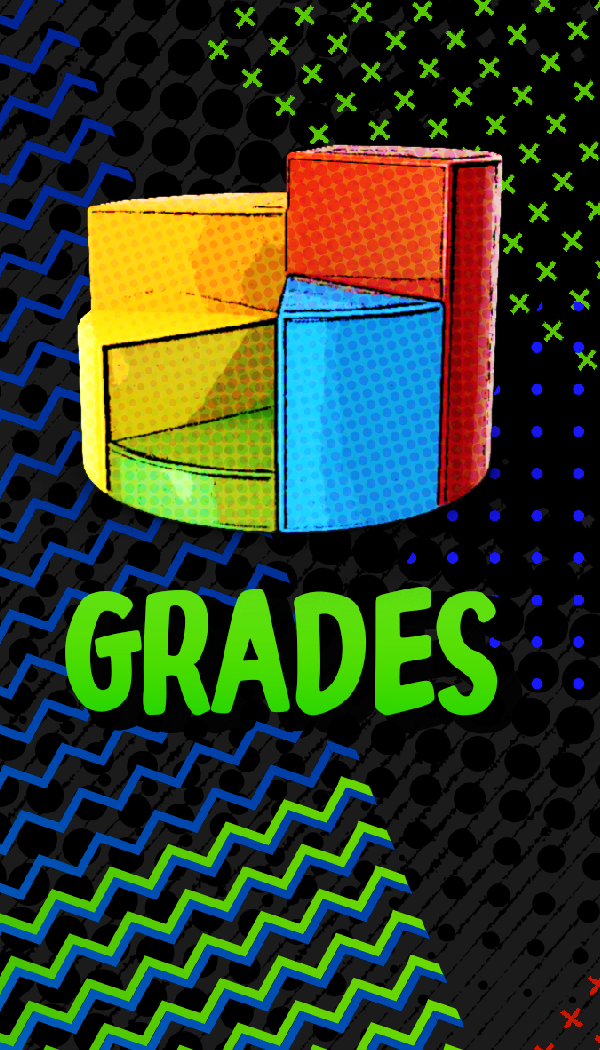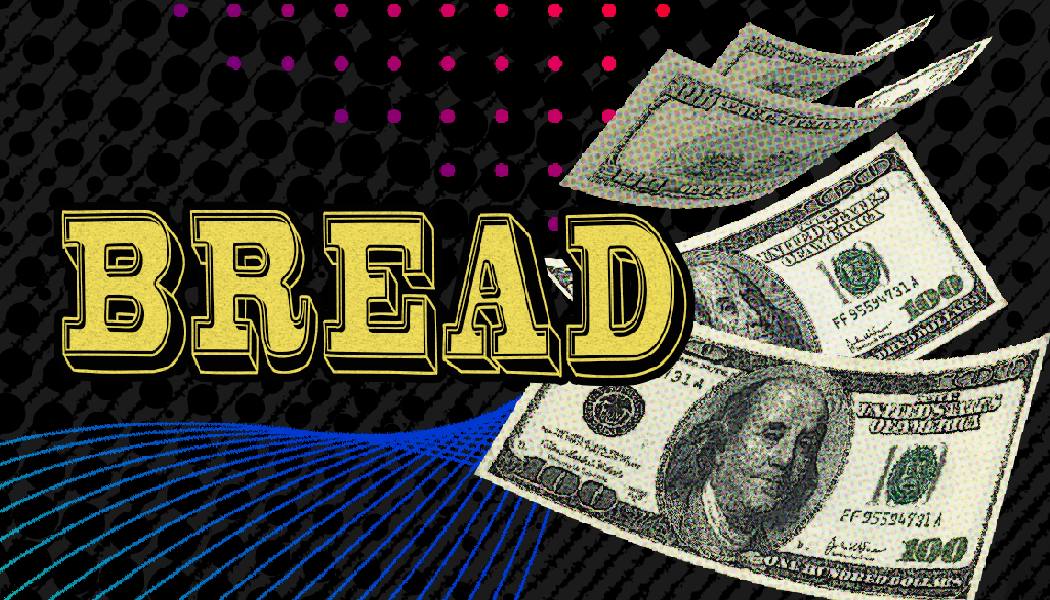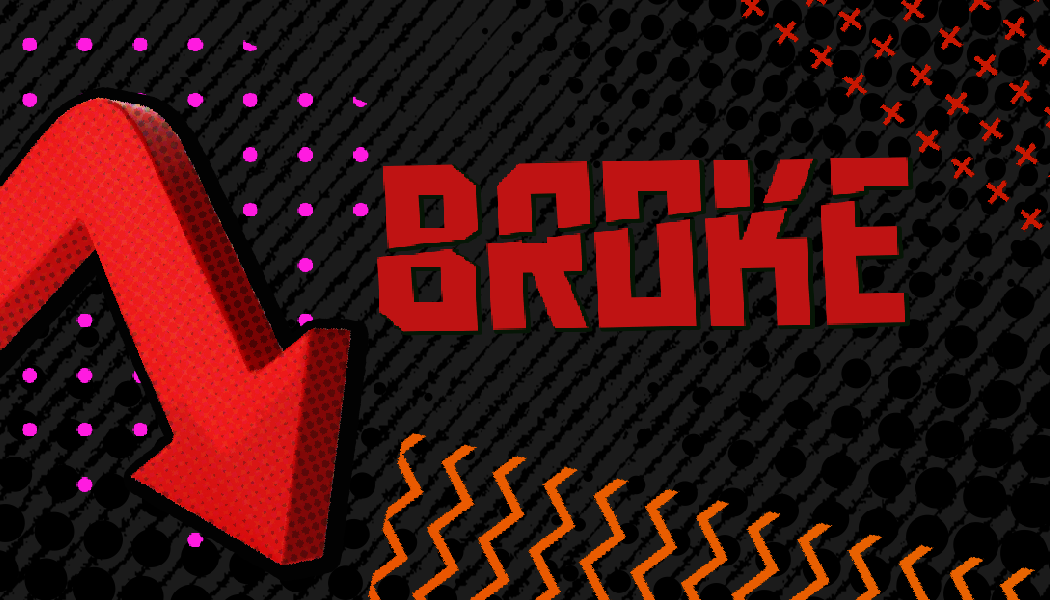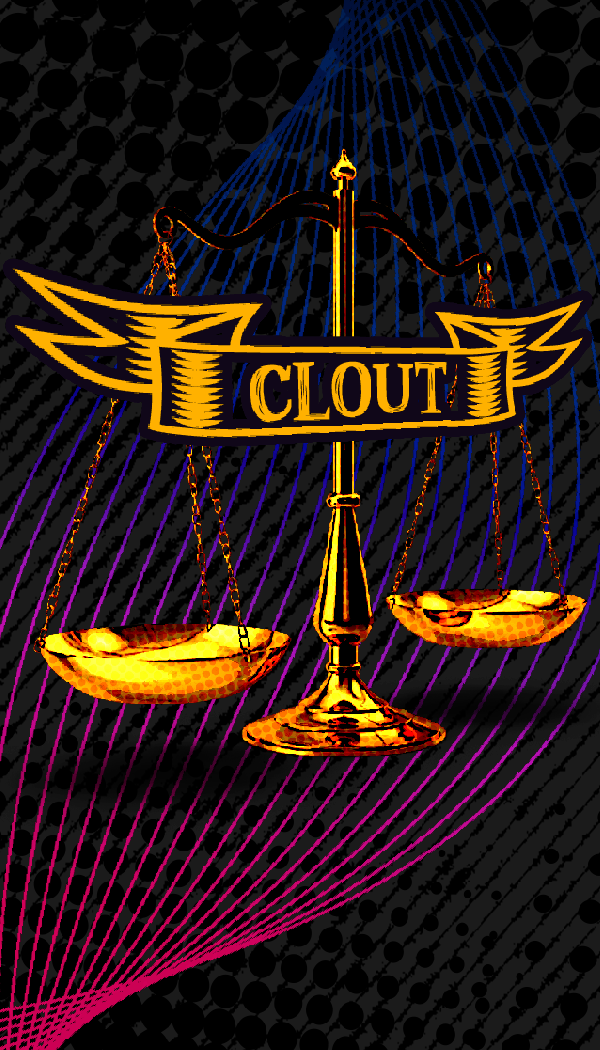
Welcome to Unicorn Academy by STTE Foundation!
Entrepreneurship Education Enters the Metaverse
Unicorn Academy is Here!
Get ready for a wild ride into the world of entrepreneurship with STTE! We’re on a thrilling quest to spark creativity, light up innovative minds, and propel the young go-getters of today into tomorrow’s superstar trailblazers.
Startosphere: Our Legacy of Empowerment
Unicorn Academy features an online platform that engages, educates, and tracks students’ progress. Startosphere.io, the world’s first AI Lean Business Model Canvas generator, takes a startup idea and populates the nine components into a business model canvas. The Startosphere empowers entrepreneurs with a user-friendly interface and AI-driven insights to streamline business planning. It generates a comprehensive canvas, fosters collaboration, and allows iterative refinement.
Attention all students!
Are you ready to unleash your inner entrepreneur and turn your dreams into reality? STTE’s Unicorn Academy is now accepting registrations for our new entrepreneurship program! Unicorn Academy is designed to teach students how to turn their ideas into successful startups. Through our program, students will:
- Engage with the five stages of Design Thinking
- Delve deep into the Lean Business Model Canvas
- Master marketing in the Metaverse
Equipped with these tools and knowledge, students are primed for success in the competition and beyond. So, whether you have a brilliant business idea or a burning passion for innovation, Unicorn Academy will provide the resources to bring your visions to life.
